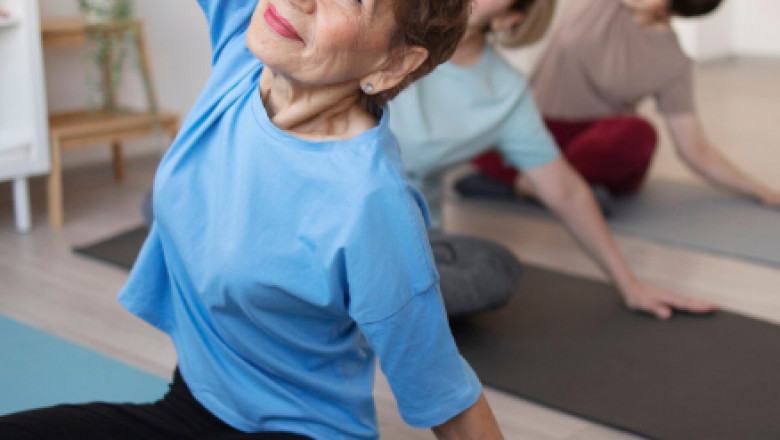views
As we age, staying active becomes more important—but also more challenging. Joint stiffness, balance issues, or low energy might slow you down, but movement remains the key to maintaining health, confidence, and independence. The good news? You don’t need intense routines to feel better. You just need the right plan. That’s where targeted senior workout programs come in.
Why Customized Fitness Plans Matter for Seniors
One-size-fits-all routines don’t work for every stage of life. Seniors need exercises that improve strength, balance, and mobility without increasing the risk of injury. The best senior workout programs focus on gradual progress, safety, and functional strength—things that directly impact your daily life.
For example, training should help with:
● Getting up from a chair with ease
● Walking longer distances without fatigue
● Improving posture and stability
● Supporting independence in routine tasks
Components of Effective Senior Fitness Plans
A well-rounded program includes three main parts: strength training, cardiovascular movement, and mobility work. Each piece helps support your body differently. Combined, they form a strong foundation for long-term health.
Let’s break that down:
1. Strength Training
A senior strength workout helps maintain muscle mass and joint support. It’s not about lifting heavy weights—it’s about smart, controlled movements.
Examples include:
● Chair squats for leg and core strength
● Wall push-ups for upper body control
● Light resistance band work for joint-friendly movement
These workouts increase strength safely, improving everyday function and reducing fall risks.
2. Low-Impact Cardio
Heart health matters at every age. But high-impact cardio can be tough on joints. Low-impact exercises like walking, cycling on a stationary bike, or light step movements provide the heart benefits without strain.
Aim for short, frequent sessions throughout the week. Even 10 minutes a day adds up to a stronger heart and better energy.
3. Mobility and Flexibility
Mobility often gets overlooked but is essential. Simple stretches and balance exercises can reduce stiffness and make movement easier.
Try:
● Ankle rolls and toe taps for foot flexibility
● Shoulder circles to ease tension
● Balance work using a sturdy chair or wall support
These movements help you feel more confident and less afraid of falls.
Building Consistency Without Overwhelm
Starting something new can be intimidating. The key is to begin small and build gradually. Many seniors find it easier to stick to routines when they’re guided by a trainer who understands age-related limitations and offers encouragement—not pressure.
Plus, working at home removes distractions and gives you control over your environment. You're more likely to stay consistent when things feel familiar and comfortable.
Benefits Beyond the Body
It’s not just about muscles and movement. Consistent exercise improves:
● Mood and mental clarity
● Sleep quality
● Social confidence
● Independence at home
These results build over time—but they start with one small step forward.
Choosing the Right Support System
Not all programs are designed with older adults in mind. Make sure your trainer or plan is focused on age-appropriate exercises and adapts routines based on your current health status and goals.
A structured senior strength workout should always factor in things like arthritis, balance issues, past injuries, or any chronic conditions. Safety and progress should always go hand-in-hand.
Final Thoughts:
Starting a fitness plan at any age is possible—and valuable. With the right senior workout programs, you can move better, feel stronger, and stay independent longer. These routines aren't about pushing your limits. They're about finding what works for you, doing it regularly, and enjoying the benefits that follow.














Comments
0 comment